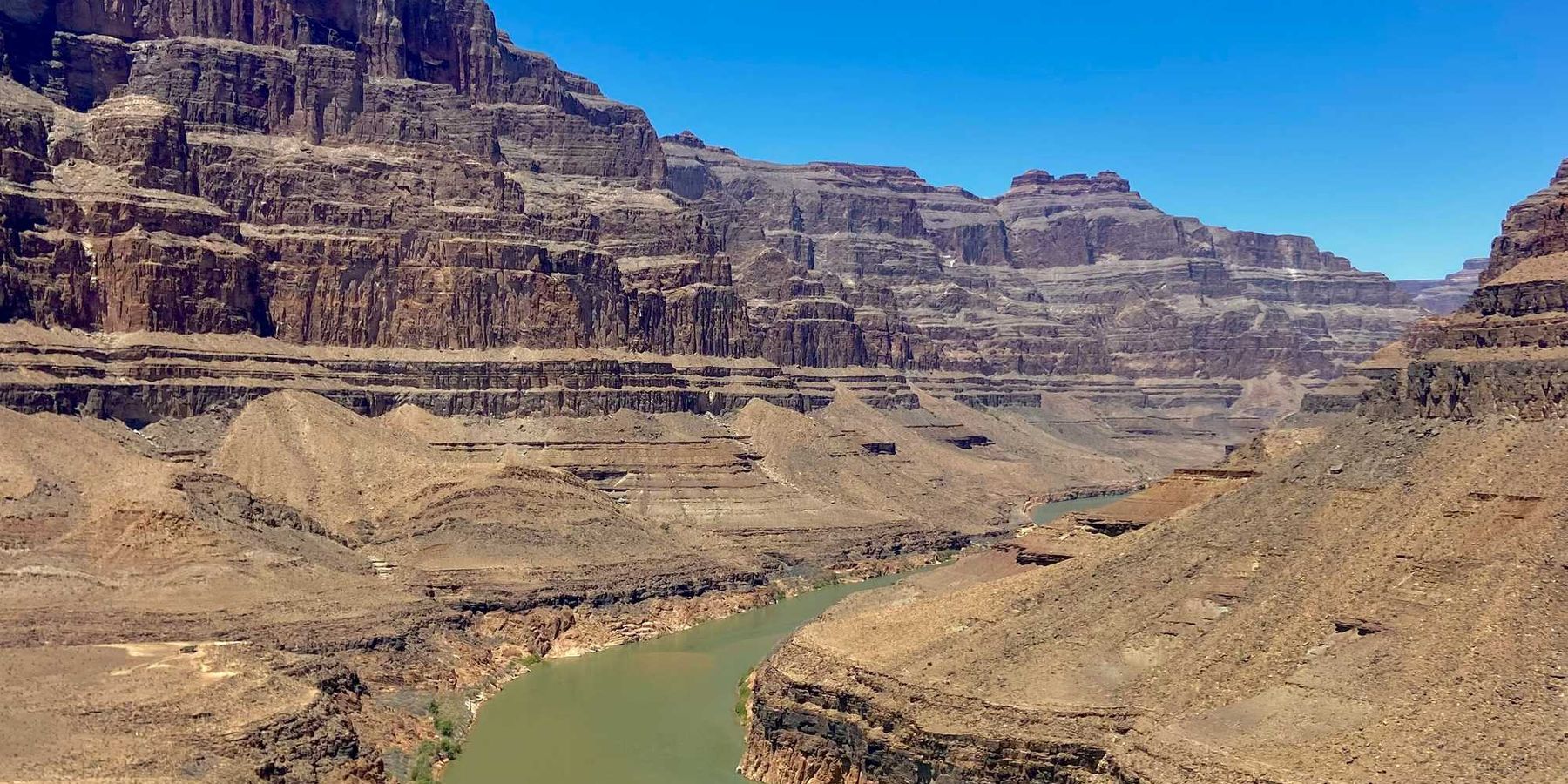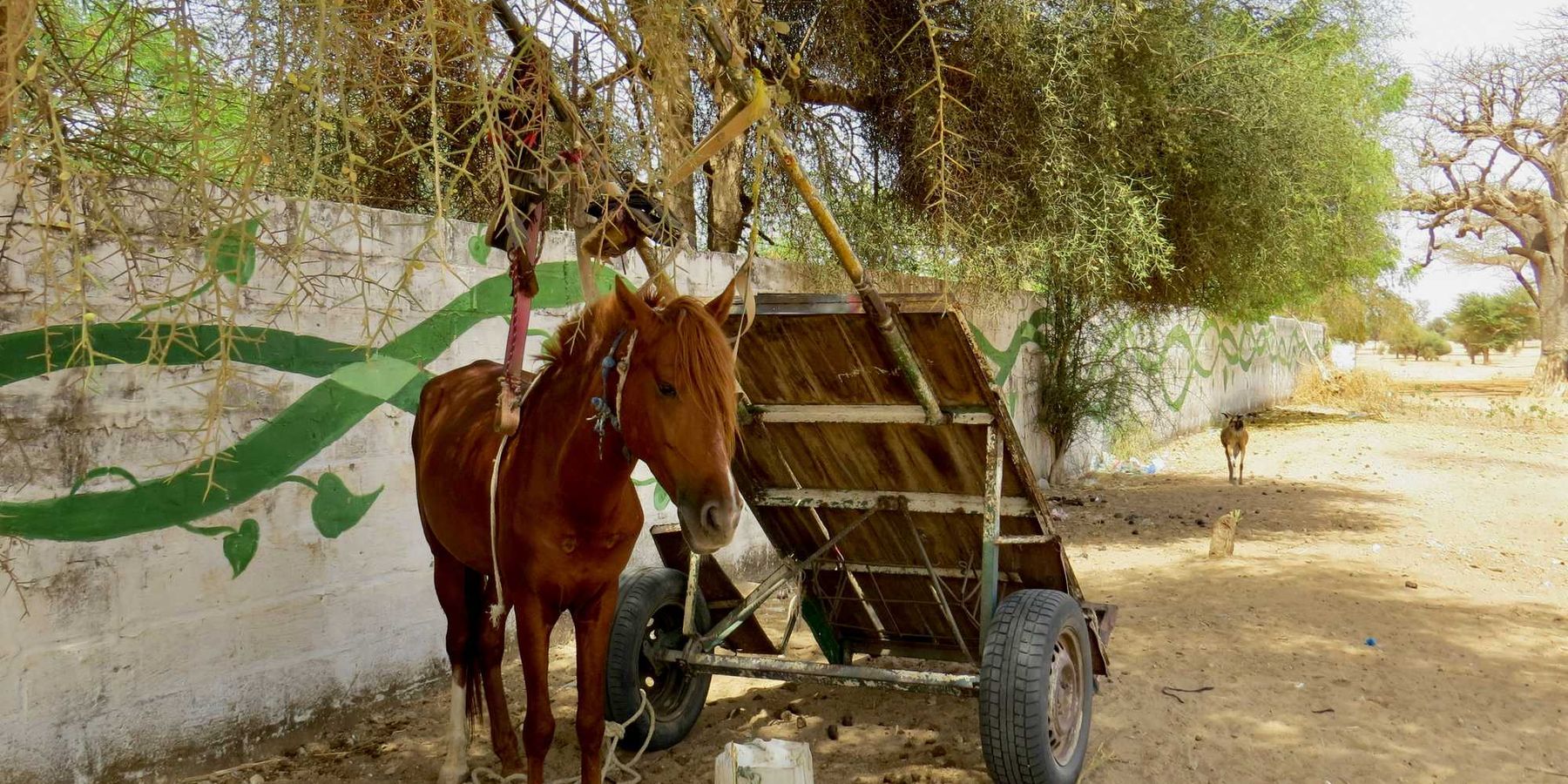Rural Kentuckians left out of federal flood protection efforts
The federal government’s flood risk assessment tool overlooks rural areas like Eastern Kentucky, leaving communities unprotected and underfunded after devastating floods.
Claire Carlson and Elizabeth Miller report for Climate Central and the Daily Yonder.
In short:
- Kentucky’s rural communities, despite repeated flood disasters, are classified as "low risk" by FEMA, limiting federal support.
- The National Risk Index used by FEMA undervalues rural areas due to lower financial assets, leading to biased disaster funding.
- Local leaders and residents are advocating for better federal support and preparing for future disasters with limited resources.
Key quote:
“There’s a bias against, I think, rural communities, especially in the flood dataset.”
— Chad Berginnis, Executive Director of the Association of State Floodplain Managers
Why this matters:
The Federal Emergency Management Agency (FEMA) labels these areas as “low risk” for flooding, not because the floods are rare, but because the financial stakes are lower compared to urban centers. In simpler terms, these communities are too poor to warrant the full federal safety net. Read more: Rising waters: Aging levees, climate change and the challenge to hold back the Ohio River.













